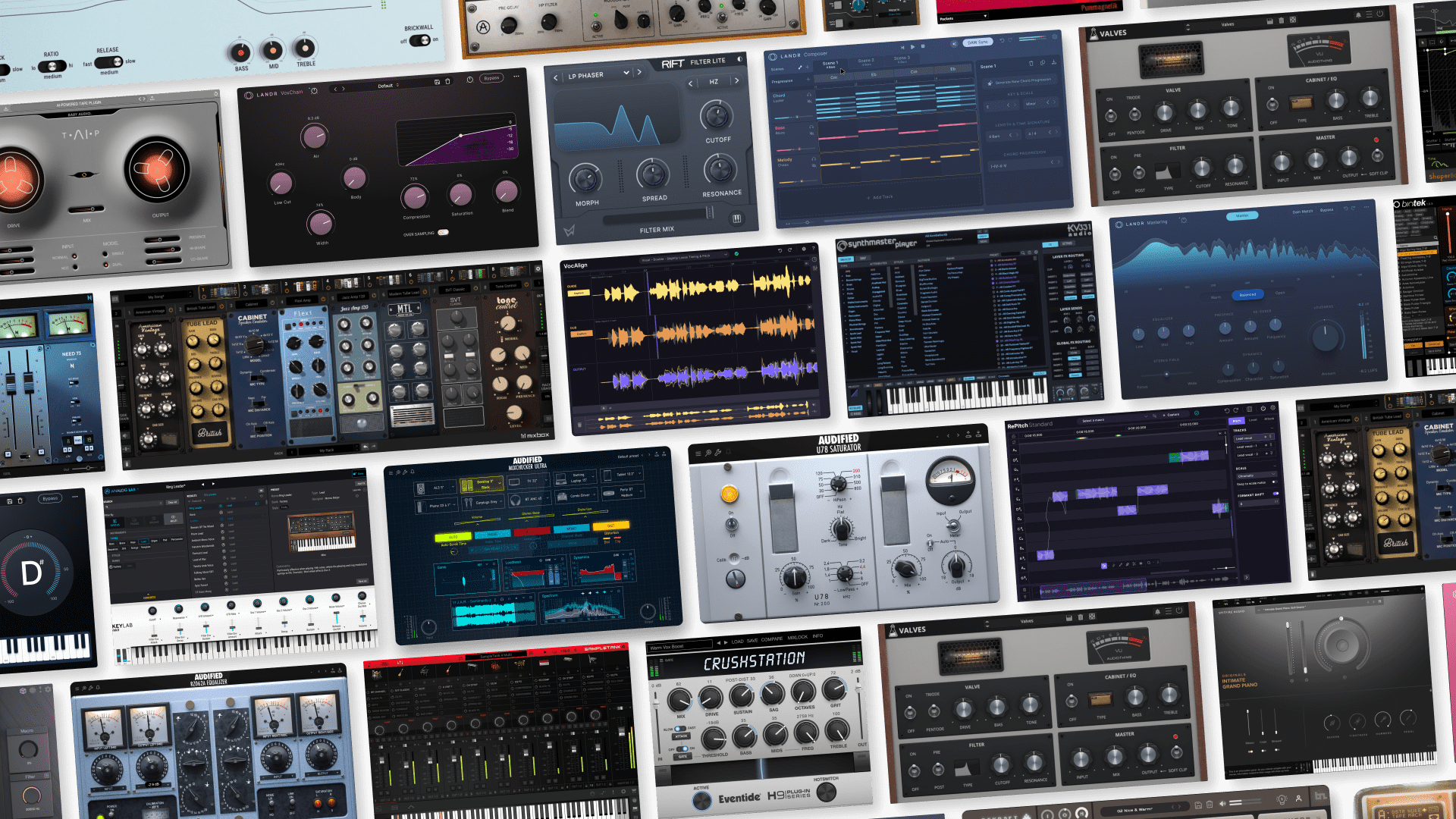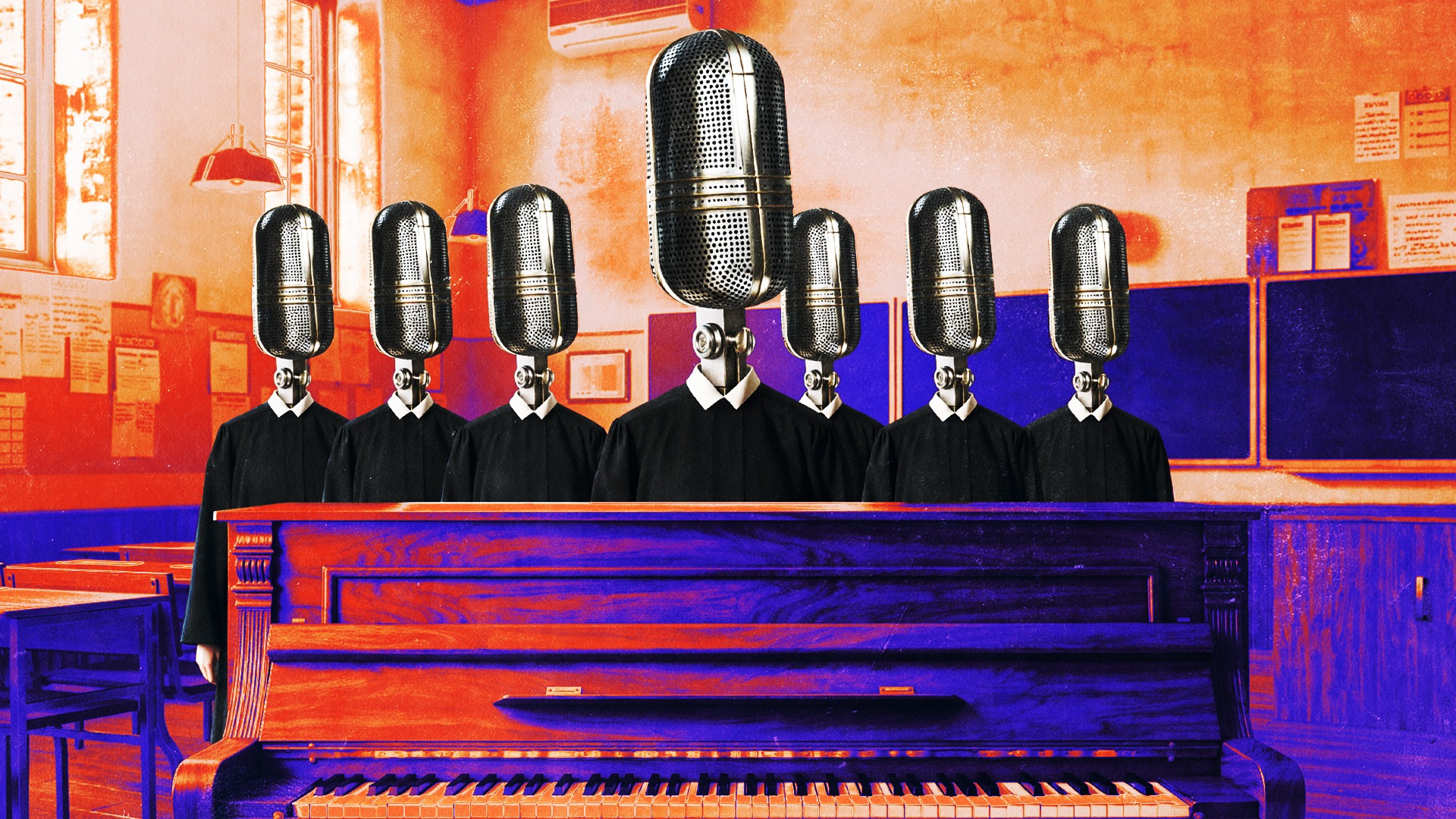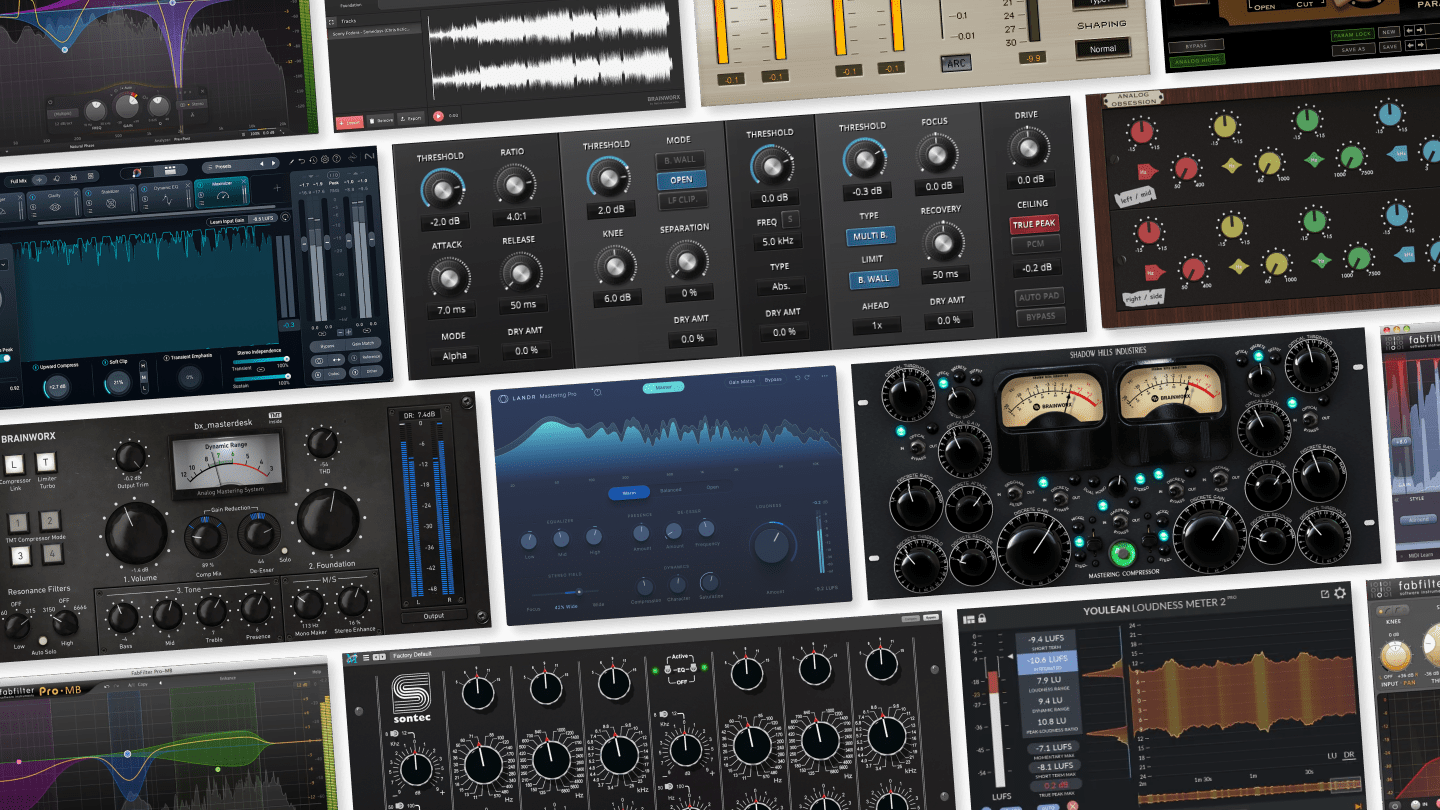
How & Why Musicians Should Protect Their Hearing
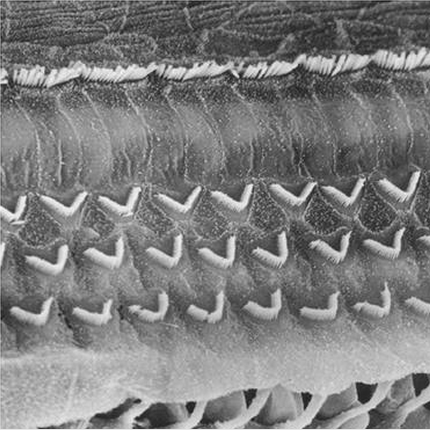
Why you should protect your ears as a musician
Leaving the stage after a show often comes with a nagging ring in your ears that lingers well into the night. For many musicians, this ring marks the start of bigger hearing problems. It is a warning sign that the senses you rely on for music are taking damage. Tinnitus and hearing loss affect musicians at much higher rates compared to the general public, putting careers and daily life at risk. In this article, you will learn why hearing protection is key, what signs point to danger, and several steps musicians can take to keep hearing well.
Try to limit your exposure to two hour blocks (not always possible). Then rest for 30mins (do some quiet editing). My Engineering professor would also recommend complete silence for 15 mins if time was tight.
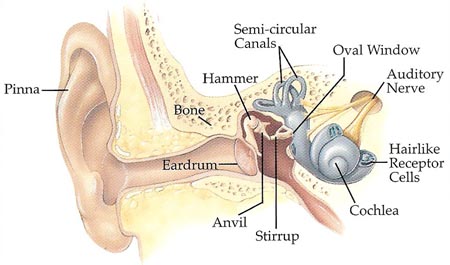
Sometimes I’d even put on ‘construction’ ear protection (the big ones that fit over your ears). After long periods of exposure to loud music the hairs inside your ears get tired and they need a break so they can ‘wake up’ again.
Why loud stages don’t feel dangerous, until they are
Normal conversation measures about 60 decibels. By comparison, a typical rock show tops 110 decibels. Even orchestra pits stay between 85 and 100 decibels. Experts at the CDC and OSHA agree: sound above 85 decibels risks lasting damage if you are exposed for extended periods. The real problem comes from repeated or long-term exposure. Inside the ear, tiny hair cells sense vibrations and send signals to your brain. These cells can tolerate normal levels but start to die off when assaulted by higher volumes. Once dead, they do not come back. Their loss can cause tinnitus and hearing loss that never improves.
There is no cut or bruise to see. The decline builds slowly and is easy to ignore at first. On stage, the thrill often masks how intense and risky the sound pressure really is.
How ignoring small warning signs sets you up to lose more
Early signs rarely come as an obvious change. The most common is ringing or buzzing (tinnitus) after a show or practice. Musicians sometimes notice words becoming harder to catch during rehearsals. For others, music and talk seem muffled, and headphones do not sound as crisp. Peer-reviewed research leaves little doubt: professional musicians are nearly four times more likely to develop hearing loss and face a much higher risk for tinnitus compared to other adults. About two thirds of pop and rock musicians and about a third of classical musicians show measurable hearing loss, often in the frequencies (3,000–6,000 Hz) needed for hearing detail in music. Most only admit there is a problem when the harm is far along. Every small sign you ignore makes it harder to keep your hearing.
How to Safeguard your Hearing as a Musician
1. Get Your Hearing Checked
Annual hearing tests can catch problems early. The CDC and American Speech-Language-Hearing Association recommend these exams for anyone exposed to loud music. Musicians’ unions also include yearly tests in their guidelines. You can book a test with an audiologist or local hearing clinic. The visit takes less than an hour and you get a benchmark for future comparisons.
2. Choose the Right Ear Protection
Foam earplugs offer strong sound blocking but distort music and speech. Musician’s earplugs are engineered differently. They reduce the sound level while keeping the original balance between low and high tones. Popular options include Loop Experience 2 (17 dB reduction), Etymotic ER-20, and similar plugs that keep music sounding natural. Most of these plugs come with flat filters and are reviewed well by both audiologists and musicians. For the best fit, get custom earplugs or in-ear monitors from an audiologist. Custom devices come with various filter strengths, usually 9, 15, or 25 dB of reduction, and are more comfortable for long sessions.
In very loud places, double up with both musician’s plugs and good earmuffs. This is especially useful for drummers or brass players, and in settings over 100 dB. Always look at Noise Reduction Rating (NRR): musician’s plugs are typically NRR 12–25, foam plugs NRR 22–33, but foam types muffle the music too much for reliable stage use.
3. Monitor the volume
The CDC and WHO encourage musicians to keep volume under 85 dB for extended periods. When it goes above this, the safe exposure time drops steeply; at 100 dB, hearing can be damaged in 15 minutes. Band leaders and teachers can check with decibel meters, set up amplifiers farther from ears, and use quiet, near-field monitors at lower volumes. You can use Smartphone apps such as NIOSH Sound Level Meter to track rehearsal or show loudness.
Mixing tips
When mixing your music, the trick is that the mix level should be quiet enough that you can have a comfortable conversation with someone in your room. Headphones are harder to judge so be careful.
We’re all guilty of blasting mixes until our ears tingle. It’s fun, but very dangerous, like gator wrestling. You should also be careful with “city” listening. City sounds (cars, subways, construction) themselves contribute to ear fatigue. And if that wasn’t bad enough, the tendency is to turn up your headphones to compensate (vicious cycle).
Monitor the levels you’re pumpin’ into your ears. Once those inner ear hair cells die, they can’t be repaired and don’t grow back (unless you’re a frog or a bird). Total Bummer.

The realities of the Fletcher-Munson curve (aka. Equal Loudness contour) will affect your mix too; Mixing at loud levels usually makes for an unreliable/unbalanced mix. Having said all that, it’s sometimes unavoidable to crank it every once in a while so you can really feel the track! Just be careful.
Balance Touring & Ear Recovery
Giving your hearing downtime is necessary. Experts from the Hearing Health Foundation suggest regular breaks, 10 to 15 minutes out of each hour helps limit damage. After gigs or long practice, step away from music and avoid earphones or busy venues. Calendar reminders during tour or heavy rehearsal weeks make quieter periods easy to remember.
Don’t wait for something to happen to you.
You’ll regret it. There are also degrees of hearing loss. It can slowly degrade over time, or you can suffer from one loud sound (ex. Captain Kirk got Tinnitus from an explosion on the set of original Star Trek and he still suffers 45 yrs later).
Too many concerts (or even one bad one) without ear plugs can get you (the ringing you hear after a show is not a good sign). Many don’t even notice their hearing loss.
I’ve worked with tons of musicians over the years and I can tell the ones who can’t hear certain things anymore. They ask me to crank certain frequencies because they can’t hear them. It sounds terrible and painful to me, but they love it. I correct the EQ later and the neighborhood dogs are happy again.
Hope this wasn’t too preachy. It’s serious stuff, but written because we care.
FAQs
What’s the safe loudness limit for musicians?
Experts agree that 85 dB is the safe limit for extended listening. Past that, safe exposure time is shorter for every step in loudness.
Do foam earplugs work well onstage?
Foam plugs block sound well but make it hard to hear music accurately. Use musician’s earplugs for better sound quality during shows.
How often should musicians get a hearing test?
Annually, as recommended by audiologists and unions.
What’s the difference between custom and universal musician’s earplugs?
Custom earplugs are shaped to your ears and feel more comfortable, but universal plugs fit most people.
Can music-induced tinnitus be reversed?
Short-term ringing after loud music can fade. Permanent tinnitus cannot be undone, but some therapies may help manage symptoms.
Which frequencies are most often lost by musicians?
Hearing loss is often measured in the 3,000–6,000 Hz range, which is important for music clarity.
Do in-ear monitors protect hearing?
They can help if used at moderate volume. High volume through IEMs still causes harm.
How can musicians measure volume at rehearsal?
Use a decibel meter app placed at head height to check levels regularly.
What are early signs of hearing trouble?
Ringing or buzzing after loud sound, trouble following voices during music, or turning headphones up over time.
Do untreated practice rooms raise risk?
Yes. Smaller or untreated rooms trap sound and raise the risk of hearing loss.
How long is it safe to be exposed to 100 dB?
Fifteen minutes is the upper limit before higher risk for lasting damage. Devices like the Apple Watch can help you avoid periods of prolonged loudness.
Do younger musicians need to worry about hearing loss?
Yes. Teens and young adults exposed to loud shows or rehearsals face higher risk too.
Gear guides, tips, tutorials, inspiration and more—delivered weekly.
Keep up with the LANDR Blog.

